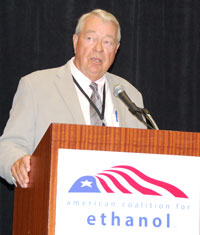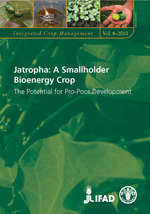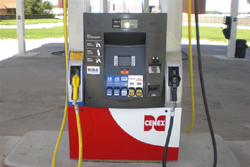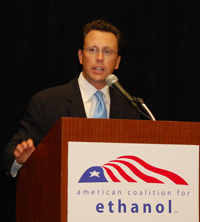 Dyadic International has confirmed that the final resolution of the consolidated stockholder class action lawsuit, Miller v. Dyadic International, Inc. et. al, has been approved and the lawsuit dismissed with prejudice. Dyadic is a biofuels company that is focused on developing technologies to produce cellulosic ethanol from corn stover and wheat straw.
Dyadic International has confirmed that the final resolution of the consolidated stockholder class action lawsuit, Miller v. Dyadic International, Inc. et. al, has been approved and the lawsuit dismissed with prejudice. Dyadic is a biofuels company that is focused on developing technologies to produce cellulosic ethanol from corn stover and wheat straw.
The lawsuit was originally filed in October of 2007 and asserted class action claims against its Asian subsidiaries based on allegations of misstatements and omissions by Dyadic and certain of its current and former officers and directors arising out of alleged improprieties. The company created a cash reserve in connection with the class action lawsuit that will adequately cover the cost of resolving the matter.
“We are pleased to put this matter behind us so we can continue focusing on growing our business through the ongoing sale of enzymes and the monetization of our C1 platform technology through potential licensing arrangements and other collaborations,” concluded Mark Emalfarb, President and Chief Executive Officer of Dyadic.


 One year ago at the
One year ago at the  “They’re something we just have to have if we’re ever going to get to the point where customers can choose to use gasoline or ethanol in whatever blends they want,” Lamberty said. He adds that blender pumps could become very important for marketers, if EPA approves some mixed level of blending ethanol for gasoline, such as 15 percent only for certain vehicles. “If they have a blender pump, they can use any combination,” he said.
“They’re something we just have to have if we’re ever going to get to the point where customers can choose to use gasoline or ethanol in whatever blends they want,” Lamberty said. He adds that blender pumps could become very important for marketers, if EPA approves some mixed level of blending ethanol for gasoline, such as 15 percent only for certain vehicles. “If they have a blender pump, they can use any combination,” he said. The president of the
The president of the 


 Attendance at the
Attendance at the  In the report “
In the report “ It’s August in the nation’s capitol and the climate is hazy, hot and humid with a chance of afternoon thundershowers, which
It’s August in the nation’s capitol and the climate is hazy, hot and humid with a chance of afternoon thundershowers, which  Despite the few legislative days left on the Congressional calendar, Dinneen says he remains hopeful that the blenders tax credit for ethanol will be extended in some form for some length of time before it expires at the end of the year. However, he remains very frustrated with delays in getting E15 or at least E12 approved in the interim by EPA. “EPA continues to be one of the most dysfunctional agencies in the federal government,” Dinneen says. “One wishes that the agency had been as diligent in studying the blow out preventers that BP was using in the Gulf of Mexico.”
Despite the few legislative days left on the Congressional calendar, Dinneen says he remains hopeful that the blenders tax credit for ethanol will be extended in some form for some length of time before it expires at the end of the year. However, he remains very frustrated with delays in getting E15 or at least E12 approved in the interim by EPA. “EPA continues to be one of the most dysfunctional agencies in the federal government,” Dinneen says. “One wishes that the agency had been as diligent in studying the blow out preventers that BP was using in the Gulf of Mexico.”